Fabric for machine embroidery is a complex process that involves different interconnected elements. It is not simple for newbies to get started with the embroidery business, as the number of complex elements could be difficult to handle.
Now, here in this article, we will exclusively be talking about one of the more significant elements of the Fabric for machine embroidery business; selecting the right and optimal fabric for machine embroidery. The selection of the embroidery fabric can have a considerable impact on the overall visual appeal of the embroidery when combined with the embroidery designs.
So, without wasting any time, let’s begin!
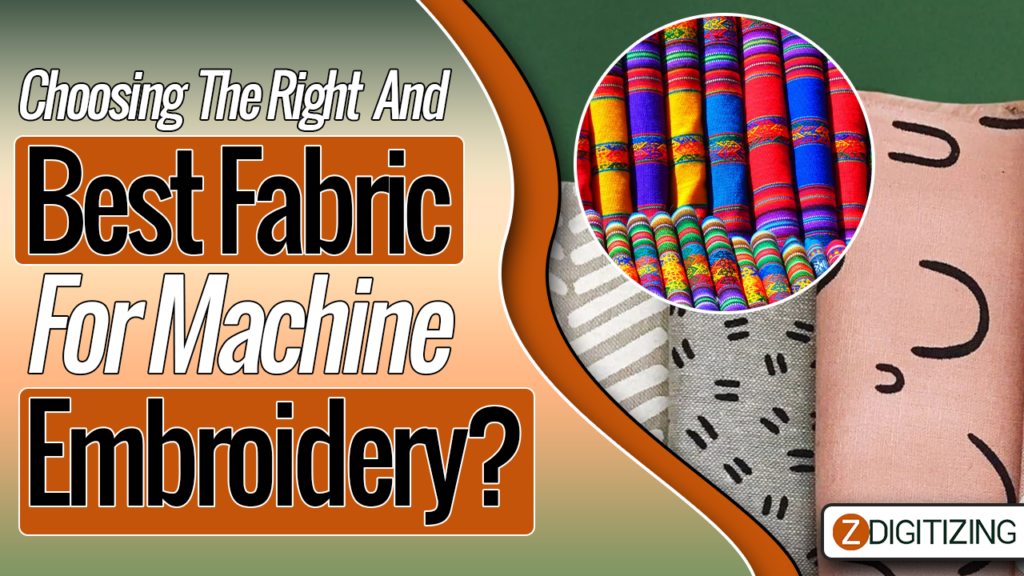
Choosing The Right And Best Fabric For Machine Embroidery:
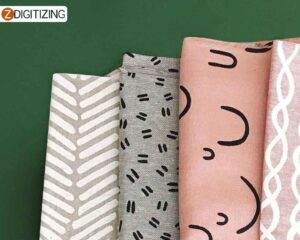
Choosing the appropriate fabric for machine embroidery design is a complex process that requires consideration of various crucial factors. Among these factors, the weight of the fabric stands out as one of the most significant ones that must be taken into account when making the fabric selection for embroidery machines.
A bulky embroidery design would not hold onto a light in weight fabric like silk. Loose fabrics are not well-suited for heavy embroidery due to their inability to secure the threads in place. Hence, when working with a heavy embroidery design, you must select a fabric that could support the weight and hold to the thread. Plus, the thread count of the fabric is a significant consideration, which refers to the fabric’s weave and is harmful to allowing needle penetration through it without resistance.
Properties Of Fabric For Embroidery Machine:
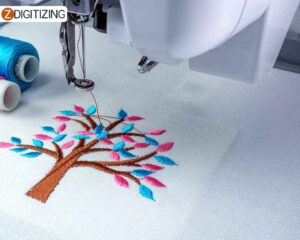
Let’s discuss some important fabric properties to consider for machine embroidery. It is to be kept in mind that the list we will discuss does not give the complete picture of the fabric properties and characteristics; instead, it only includes characteristics that are important for machine embroidery.
1. The Structure Of The fabric:
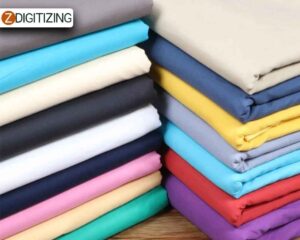
The embroiderer has to consider the structure of the fabric to assess its density, weight, and thickness of the fabric. Plus, it is important to evaluate the thread count and thread weave of the fabric, along with the fibers that are used in the weave.
2. Fabric Characteristics:
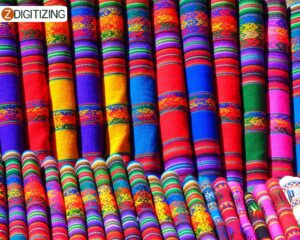
Another significant factor to think about is the characteristics of the fabric. When selecting a fabric for embroidery, an embroiderer must evaluate the type of fibers used and their potential reaction to various stresses, including but not limited to needle punching, ironing, and stretching. Additionally, factors such as elasticity, shrinkage, and wrinkle resistance must also be taken into account.
3. Fabric Design:
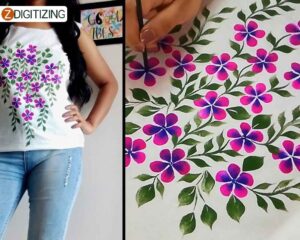
Not every fabric is capable to tackle every kind of embroidery design. Hence, when selecting the right and best fabric for the embroidery machine, you have to assess the density and weight of the embroidery design, along with the other elements. Examples of additional factors to consider may include the quantity of stitches, the sizes of stitches, and other related aspects. Some designs are digitized with special digitizing methods like cross-stitch, and appliqué or others has even more consideration as these embroidery designs won’t hold on to all fabrics.
Best Fabrics For Embroidery Machine:
Now that we know some of the important factors for selecting the right fabric for the embroidery machine, so let us move on and check out some of the finest and most widely used fabrics for an embroidery machine.
1. Natural Fabrics:
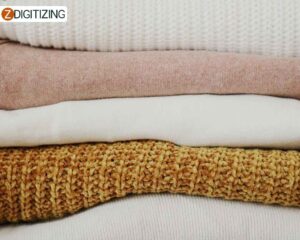
Natural fabrics are a popular choice for machine embroidery and are widely regarded as highly suitable for various types of embroidery designs. The important features of natural fabrics are the tight weave, which provides embroiders a strong base for embroidery design. As the fibers in the natural fabric run along vertically and horizontally, embroidery machine needles could simply penetrate the fabric for the best results! Natural fabric includes cotton, wool, silk, and linen, all of which are considered amazing fabrics for decorative embroidery designs.
2. Quilter’s Cotton:
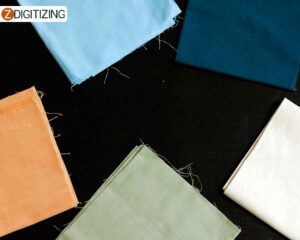
Quilter’s cotton is another common fabric that comes in a vast range of colors. The fabric is perfectly suited to support open and easy embroidery designs. Quilter’s cotton fabric is perfect to be used for different embroidery projects, such as wall hangings, placemats, and others.
3. Hanky Linen:
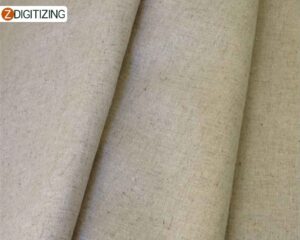
Hanky linen is another amazing fabric type that is commonly used in Australia. It is an amazing and light in weight fabric composed of a linen and cotton blend. Hanky cotton fabric is a versatile material that can be employed for various embroidery designs, provided that the correct stabilizer is utilized to achieve optimal outcomes.
4. Linen:
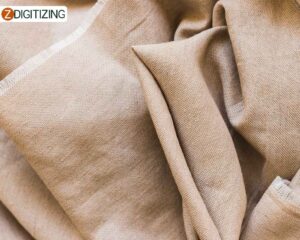
With its remarkable texture, linen stands out as one of the most robust natural fabrics available. It is a light in weight fabric that wears exceptionally well and could hold onto most embroidery designs.
5. Silk:
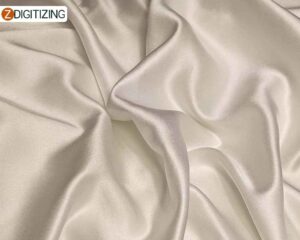
The gorgeous sheen of silk makes it the best fabric for machine embroidery. While silk might look like a delicate fabric, it provides an amazing base for embroidery designs.
6. Terrycloth:
Terrycloth is yet another common fabric for embroidery machines and is largely sued to make amazing personalized merchandise gifts. Robes and towels are commonly embroidered with monograms using linen fabric. The key to accomplishing the finest embroidery on terrycloth is using embroidery designs with solid fill water-soluble topping on top of the fabric.
Winding Up:
Just like a lot of other elements, selecting the right and best fabric for the embroidery machine could be tough, particularly if you are just starting. The key is to know the features of every fabric and how they would hold on various embroidery designs. The fabrics mentioned before are known for their strong filaments and capability to hold most embroidery designs. So, you could get started with any one of the fabrics mentioned above and slowly work your way to understand the inherent character of different fabrics and their utility in machine embroidery.
We hope this article would be helpful for you. If you want to digitize embroidery design you would need a professional like ZDigitizing, as digitizing is a complex process.
Zdigitizing is a digitizing embroidery company that provides complete digitizing and vector art services all over the world to businesses, industries, and corporations.
So, if you need a digitizing or vector art service for your embroidery machine, with a super-fast turnaround and excellent quality, ZD will be your best choice. Just click the link below and get a free quote in less than 5 minutes. And get 50% off on your first order.
Frequently Asked Questions
- NATURAL FABRICS
- QUILTER’S COTTON
- HANKY LINEN
- LINEN
- SILK
- TERRYCLOTH
Natural fabrics with a tight weave, like linen, silk, cotton, and wool are the finest fabrics for hand and machine embroidery. Their construction makes sure a strong surface that supports decorative stitching easily.
A fine quality quilting cotton is perfect for embroidery projects because of the weight. Prevent cottons blends until they are combined with other natural fibers like linen.
Cotton tends to have a nice, tight weave that lends to a range of stitches and is amazing for beginners to work with. It comes in a huge range of colors and prints and is pretty reasonable in cost.
The fabrics that are not suited are thin or flimsy fabrics such as rayon, or super fine tees.












